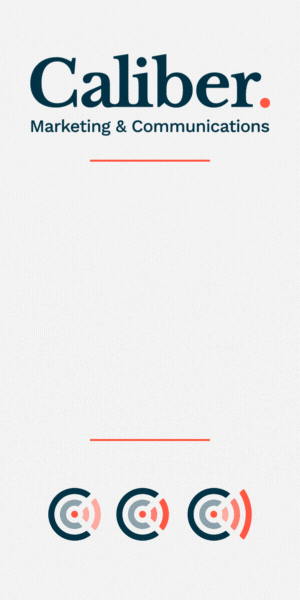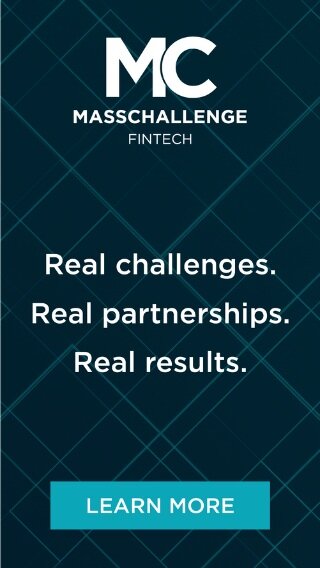Bootstrapping fintech: The discipline we overlook (and undervalue)
/Tiffany Haynes is the host of Between Builds and the former COO of Fingercheck, where she helped scale the bootstrapped fintech to a $150 million exit. Before that, she led people and operations at Jack Henry, a publicly-traded fintech serving hundreds of banks and credit unions.
For the first time in a while, founders are asking a new question: what if the next phase of growth doesn’t start with raising a round, but with building one layer deeper?
In fintech, the default playbook has long been “raise early, raise big.” Venture rounds are treated as a rite of passage, often coming before revenue, a working product, or even product-market fit. This approach isn't wrong, but it’s not the only one founders and operators can use to scale.
Capital markets have shifted in recent years. The IPO window is half shut (unless you’re an AI company), while valuations and the goal posts have been reset. In 2024, global fintech investments dropped to $95.6 billion across 4,639 deals, the lowest in seven years. In the first half of 2025, that pullback deepened: global fintech funding fell to $44.7 billion over 2,216 deals, the weakest six-month period since H1 2020.
You may think bootstrapping is defined as growing a business through personal savings or revenue, but it’s really about mindset. When you’re venture-backed, investors and your board are asking hard questions: how will you monetize; how fast can you scale; and what proof points will you show in your next raise? When you’re bootstrapped, those questions don’t disappear, but the Q&A is a solo interview with yourself, your spreadsheet, and your runway. There’s no board holding you accountable and that self-discipline changes everything.
Even founders with institutional backing are realizing this. Of the dozen companies I’ve recently met with, a number of them are fully bootstrapped, and others, despite being VC-backed, are rethinking the model. Don’t get me wrong, they’re not anti-investor; they’re pro-agency. They want partners who bring grit, expertise, and are true partners, not just capital.
The need cycle and building from zero to negative one
Our mission at Fingercheck was always crystal clear: paperless payroll for small businesses. What wasn’t clear was how to get there. We didn’t begin with payroll. We started with hardware, time clocks.
Time clocks weren’t our vision, but they solved a real, immediate customer problem and gave us what we needed the most at the time: cash flow and credibility. It sounds counterintuitive, but this was our “negative one” move. Time clocks gave us paying customers who trusted us enough to follow us to the next solution: time and attendance, then payroll, then HR. Each step layered naturally into the next and each layer funded the next.
By building one step before the software product we ultimately wanted to sell, it helped us scale to 5,000 customers and increased the stickiness of our products. And when we launched our software product, we were already pre-validated, had strong cash flow, and a working channel model.
You don’t have to be fully bootstrapped to build this way, but you can think bootstrapped. Bootstrapping is a discipline, a practice of asking yourself what your customers truly need, and whether you can sell it before you scale it. It’s also a forcing mechanism for creativity.
When the next feature has to fund itself, you stay obsessed with the problem, design with precision, price realistically, and validate faster. Every dollar becomes both proof and fuel. Over time, that mentality compounds. You build optionality instead of dependency, discipline instead of drift. When Fingercheck finally looked outside to growth capital, it wasn’t out of necessity. It was optional.
Layers, not leaps
Fintech founders love to move fast, and I say this with empathy because I’m wired the same way. Often, the knee-jerk move is to solve everything at once: the full-stack payroll platform, the lending marketplace, the neobank with glossy bells and whistles. But the irony is that the fastest way to scale sustainability is to slow down.
There’s nothing wrong with ambition, but it’s worth asking how you can build in a way that not only works for customers today but also creates delight along the way, even as the product is still taking shape.
The idea of building in layers is simple: start with what you can sell to your client today, even if it isn’t glamorous, and most definitely not the flash needed for your pitch deck.
Another way to think about layering is to remember that customers, whether businesses or individuals, do not live in silos; they live in flows. For small businesses, we thought about supporting our customers from their first employee to payroll, to benefits, to credit lines. When you understand those customer life stages, it gets a lot easier to decide what to build and when. Each layer should meet customers where they are in that stage of growth and naturally set them up for the next one, helping revenue grow more sustainably. Layering helped us grow with intention and hold onto what makes the work worth doing in the first place: creating goodness for our customers.
When it comes to revenue, founders who raise before they’ve monetized often find the focus shifting to the metrics investors value most: user counts, transaction volume and logos. Those numbers tell a growth story but they don’t always tell a sustainability story.
Building beyond the round
Bootstrapping isn’t glamorous: it’s slower, quieter, sometimes lonely, but it develops a different discipline. You don’t have to reject capital to build this way. You just have to remember that real growth isn’t what happens between rounds. It’s what happens between questions and how honestly you answer them when no one else is asking.
Bootstrapping is not about following a formula. Every business is different, and every founder discovers their way by doing. It is about showing up each day and taking the next step, even when you are not sure how you will cover payroll that week. The journey is rarely linear — but there is a kind of beauty in building something real, one uncertain step at a time.





